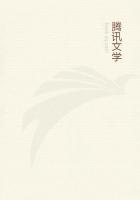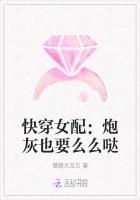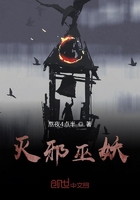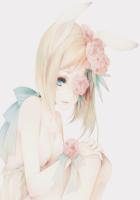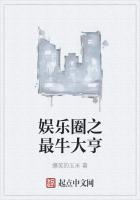Myriads and myriads of daisies, whitening our fields as if a belated blizzard had covered them with a snowy mantle in June, fill the farmer with dismay, the flower-lover with rapture.When vacation days have come; when chains and white-capped old women are to be made of daisies by happy children turned out of schoolrooms into meadows; when pretty maids, like Goethe's Marguerite, tell their fortunes by the daisy "petals;" when music bubbles up in a cascade of ecstasy from the throats of bobolinks nesting among the daisies, timothy, and clover; when the blue sky arches over the fairest scenes the year can show, and all the world is full of sunshine and happy promises of fruition, must we Americans always go to English literature for a song to fit our joyous mood?
"When daisies pied, and violets blue, And lady-smocks all silver white, And cuckoo-buds of yellow hue, Do paint the meadows with delight-"sang Shakespeare.His lovely suggestion of an English spring recalls no familiar picture to American minds.No more does Burns's "Wee, modest crimson-tippit flower."Shakespeare, Burns, Chaucer, Wordsworth, and all the British poets who have written familiar lines about the daisy, extolled a quite different flower from ours - Bellis perennis, the little pink and white blossom that hugs English turf as if it loved it -the true day's-eye, for it closes at nightfall and opens with the dawn.
Now, what is the secret of the large, white daisy's triumphal conquest of our territory? A naturalized immigrant from Europe and Asia, how could it so quickly take possession? In the over-cultivated Old World no weed can have half the chance for unrestricted colonizing that it has in our vast unoccupied area.
Most of our weeds are naturalized foreigners, not natives.Once released from the harder conditions of struggle at home (the seeds being safely smuggled in among the ballast of freight ships, or hay used in packing), they find life here easy, pleasant; as if to make up for lost time, they increase a thousandfold.If we look closely at a daisy - and a lens is necessary for any but the most superficial acquaintance - we shall see that, far from being a single flower, it is literally a host in itself.Each of the so-called white "petals" is a female floret, whose open corolla has grown large, white, and showy, to aid its sisters in advertising for insect visitors - a prominence gained only by the loss of its stamens.The yellow center is composed of hundreds of minute tubular florets huddled together in a green cup as closely as they can be packed.Inside each of these tiny yellow tubes stand the stamens, literally putting their heads together.As the pistil within the ring of stamens develops and rises through their midst, two little hair brushes on its tip sweep the pollen from their anthers as a rounded brush would remove the soot from a lamp chimney.Now the pollen is elevated to a point where any insect crawling over the floret must remove it.The pollen gone, the pistil now spreads its two arms, that were kept tightly closed together while any danger of self-fertilization lasted.Their surfaces become sticky, that pollen brought from another flower may adhere to them.Notice that the pistils in the white ray florets have no hairbrushes on their tips, because, no stamens being there, there is no pollen to be swept out.Because daisies are among the most conspicuous of flowers, and have facilitated dining for their visitors by offering them countless cups of refreshment that may be drained with a minimum loss of time, almost every insect on wings alights on them sooner or later.In short, they run their business on the principle of a cooperative department store.Immense quantities of the most vigorous, because cross-fertilized, seed being set in every patch, small wonder that our fields are white with daisies - a long and a merry life to them!
Since all flowers must once have passed through a white stage before attaining gay colors, so evolution teaches, it is not surprising that occasional reversions to the white type should be found even among the brightest-hued species.Again, some white flowers which are in a transition state show aspirations after color, often so marked in individuals as to mislead one into believing them products of a far advanced colored type.Also, pale colors blanch under a summer sun.These facts must be borne in mind, and the blue, pink, and yellow blossoms should be investigated before the reader despairs of identifying a flower not found in the white group.

